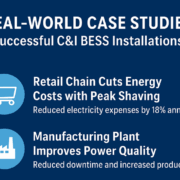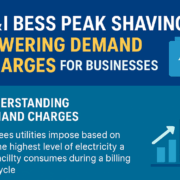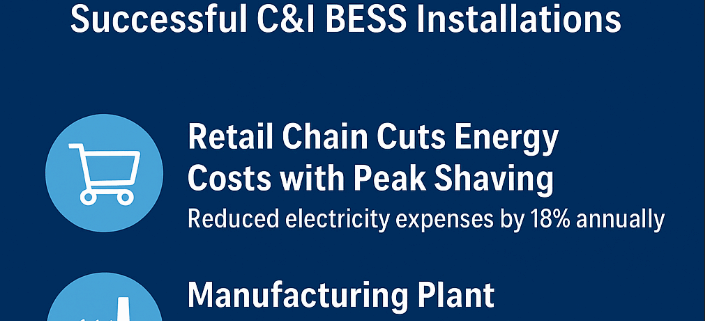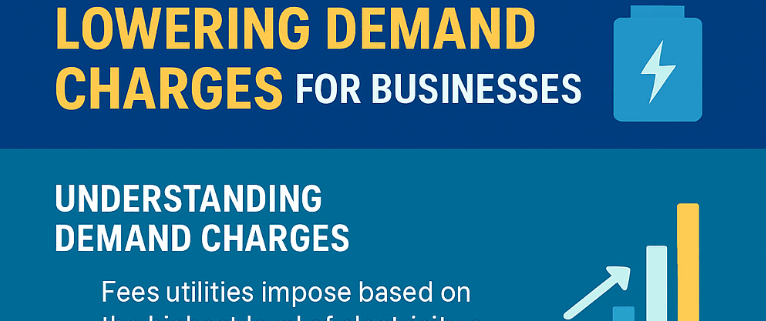Half Sized Blog Element (Single Author Style)
Half Sized Blog Element (Multi Author Style)
Real-World Case Studies: Successful C&I BESS Installations
C&I BESS case studies provide powerful proof of how energy storage systems deliver measurable benefits in commercial and industrial settings. By examining successful deployments, businesses can see real-world evidence of cost savings, resilience improvements, and renewable energy integration. This article showcases real-life examples across industries, linking back to applications of BESS and the economic benefits […]
How C&I BESS Reduces Demand Charges Through Peak Shaving
C&I BESS peak shaving is rapidly becoming one of the most effective strategies for commercial and industrial (C&I) facilities to lower electricity costs. By leveraging battery energy storage systems (BESS), businesses can reduce demand charges, optimize energy usage, and unlock significant long-term savings. Understanding Demand Charges Demand charges are fees utilities impose based on the […]
Real-World Case Studies: Successful C&I BESS Installations
C&I BESS case studies provide powerful proof of how energy storage systems deliver measurable benefits in commercial and industrial settings. By examining successful deployments, businesses can see real-world evidence of cost savings, resilience improvements, and renewable energy integration. This article showcases real-life examples across industries, linking back to applications of BESS and the economic benefits […]
How C&I BESS Reduces Demand Charges Through Peak Shaving
C&I BESS peak shaving is rapidly becoming one of the most effective strategies for commercial and industrial (C&I) facilities to lower electricity costs. By leveraging battery energy storage systems (BESS), businesses can reduce demand charges, optimize energy usage, and unlock significant long-term savings. Understanding Demand Charges Demand charges are fees utilities impose based on the […]








